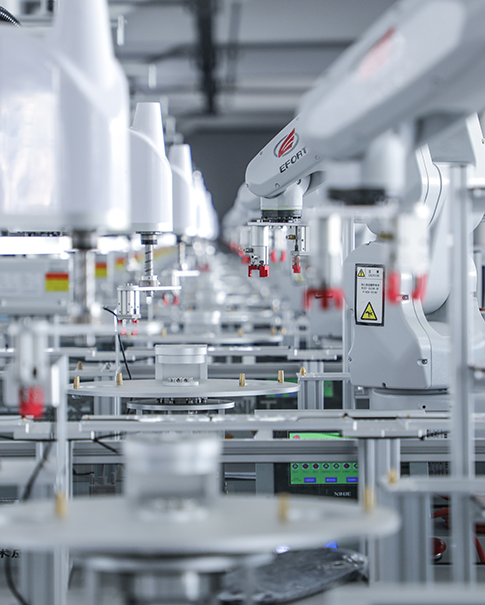Unlocking the Future of Industrial Automation: The Power of Next-Gen Distributed Control Systems
April 22,2025
Breakthrough in the core technology of the next generation DCS
Open architecture and modular design
The new generation DCS adopts open protocols (such as OPC UA) and modular components, supporting cross platform integration and flexible expanding24. For example, by being compatible with industrial AI algorithms and edge computing nodes, the system can dynamically adapt to different production scenarios, such as chemical process optimization or discrete manufacturing equipment collaboration
Intelligent edge computing capability
Integrate AI inference functions at the controller level to achieve real-time data processing and local decision-making. For example, predictive maintenance models based on real-time sensor data can run directly on DCS edge nodes, reducing cloud latency by
Digital twin and virtualization monitoring
Through high-precision modeling technology, DCS can construct digital twins of physical devices, combined with AR/VR human-machine interface (HMI) to achieve virtual debugging and remote operation, significantly reducing downtime.
Transformational Applications in Industrial Scenarios
Cross level data fusion
DCS serves as a hub connecting on-site devices (PLC, sensors) and management layers (MES/ERP), providing standardized data interfaces that enable production parameters and energy consumption data to be directly used for resource scheduling analysis.
Adaptive process optimization
In semiconductor manufacturing, the new generation DCS dynamically adjusts wafer etching parameters through machine learning, increasing yield by 3-5%; In the energy industry, wind farm DCS combined with SCADA can achieve wind turbine group control and grid frequency adaption
Security and resilience enhancement
Adopting a zero trust architecture and encrypted communication protocol (such as TLS 1.3 built into OPC UA) to prevent network attacks on industrial control systems, while supporting rapid switching of redundant nodes to ensure continuous production 24 hours a day.
Evolution direction towards Industry
Human machine collaborative manufacturing
The HMI of DCS will integrate natural language interaction and situational awareness functions. For example, operators can adjust production line parameters through voice commands, and the system will automatically recognize operational intentions and avoid safety risks.
Sustainable Manufacturing Closed Loop
By embedding carbon emission tracking algorithms, DCS can optimize energy allocation in real time (such as steel plant waste heat recovery) and link with ERP systems to achieve a three in one management of "production energy efficiency carbon emissions".
Ecological industrial platform
Open source DCS architecture (such as GitCode community project) promotes technical standardization, lowers the threshold for automation transformation of small and medium-sized enterprises, and accelerates the construction of industry level intelligent ecology.
Challenges and coping strategies
Legacy system compatibility: using protocol conversion gateway to integrate traditional industrial protocols such as Modbus
Skill Gap: Developing a low code DCS programming interface that allows process engineers to directly participate in logic design
Computing bottleneck: Deploying FPGA acceleration cards to enhance edge node processing capability
Summary: The next generation DCS is evolving from a "control center" to an "intelligent decision-making center", becoming the core enabling technology of Industry 5.0 by integrating AI, open architecture, and sustainable design. Its value lies not only in improving efficiency, but also in restructuring the relationship between humans, machines, and the environment, promoting the transition of manufacturing towards resilience and humanization.
Conclusion
The next-generation DCS represents a significant breakthrough in industrial control technology. With its open architecture, modular design, dynamic adaptability, and cross-platform integration capabilities, this new generation of DCS is poised to revolutionize how businesses manage their operations. By adopting these advanced systems, companies can enhance their efficiency, flexibility, and competitiveness in an ever-changing industrial landscape. Embrace the next-generation DCS and unlock the full potential of your industrial operations.
 Network Supported
Network Supported